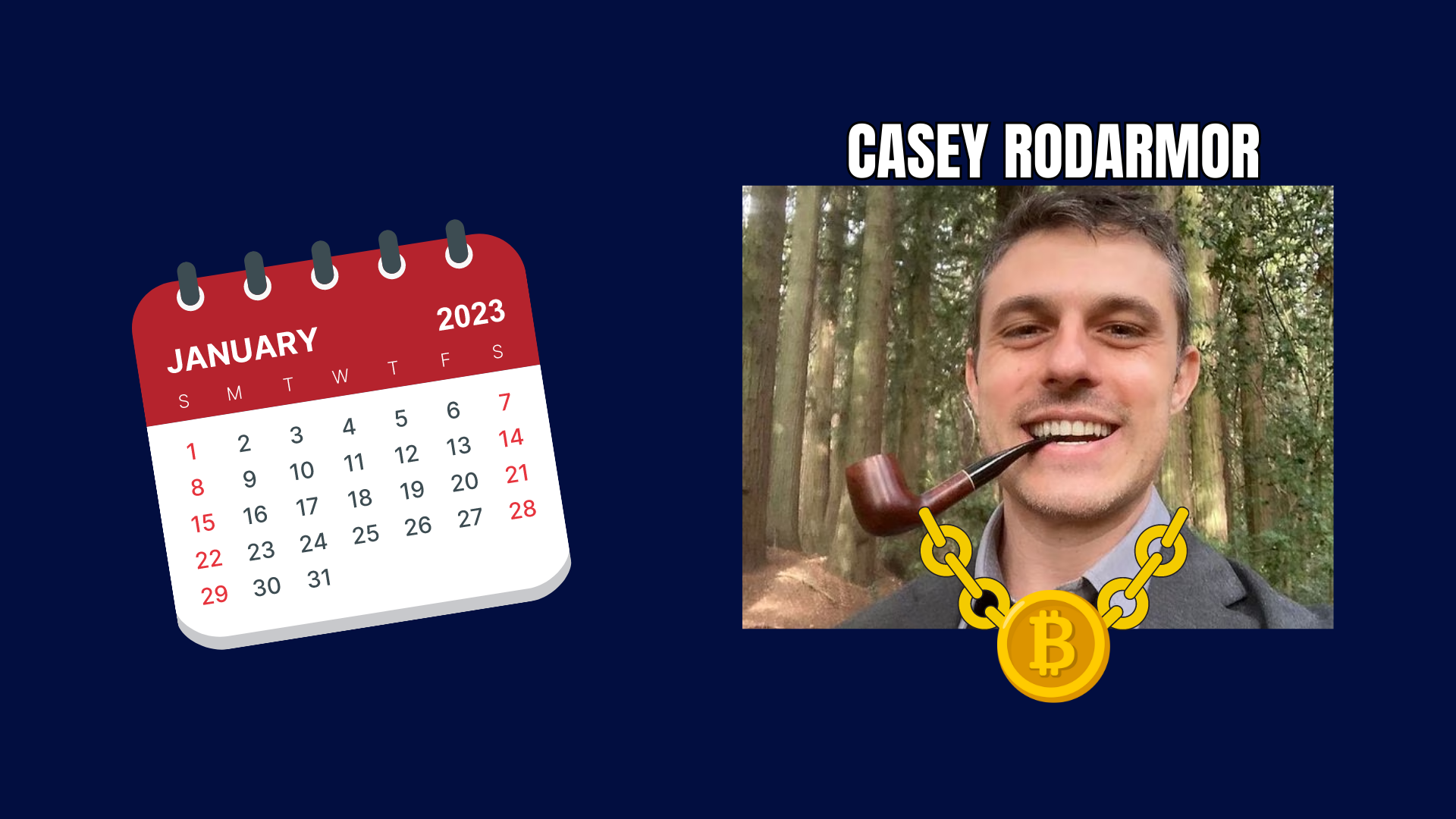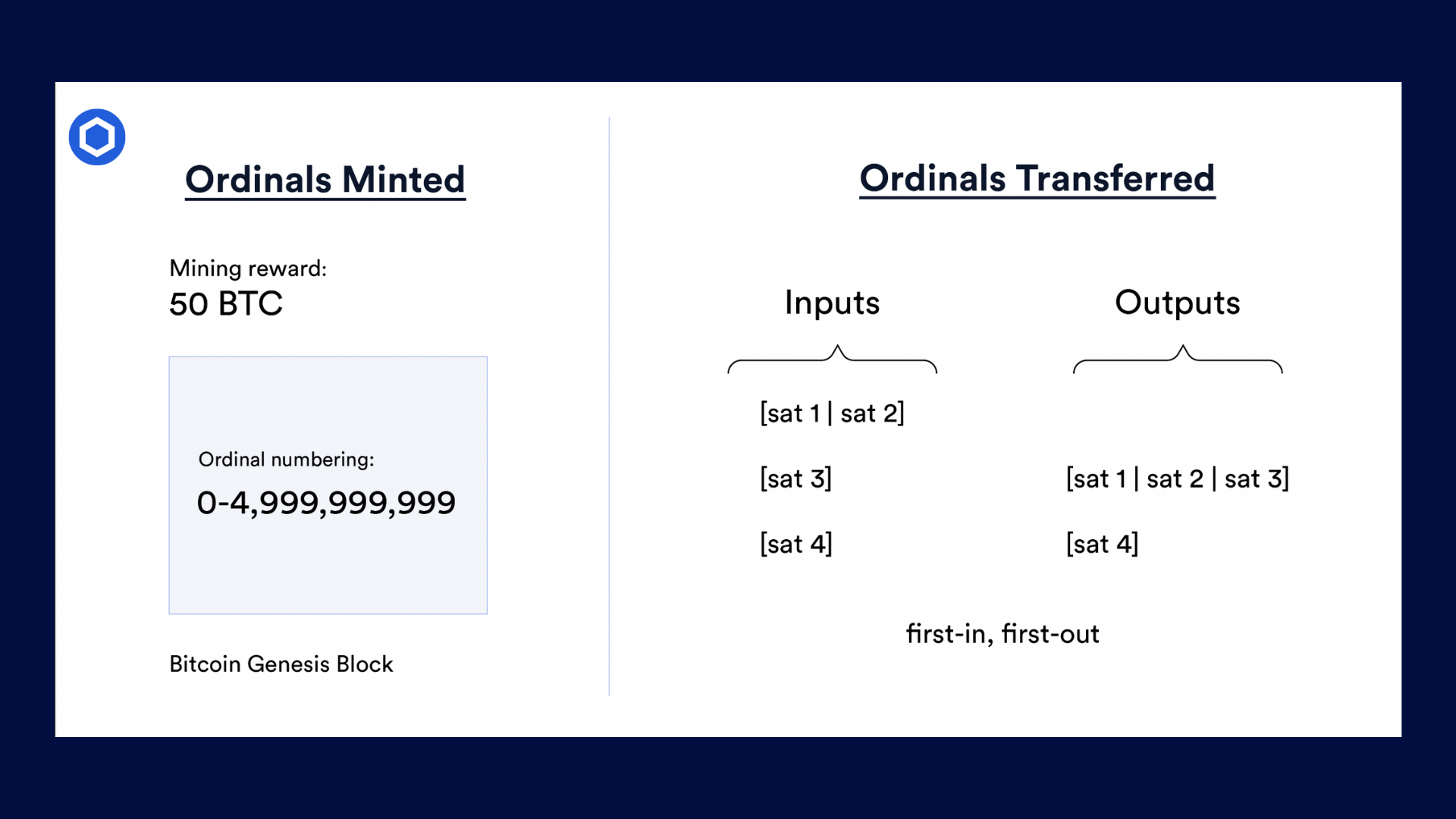2023-05-16
Are you feeling the sting of those outrageous Bitcoin transaction fees these days? You must be scratching your head, thinking, "What's the deal, yo?" Well, hold onto your hats because we're about to dive into the wild and wacky world of BRC-20, courtesy of the mind-boggling Bitcoin Ordinals protocol. Brace yourself for a joyride of epic proportions as this sudden surge of activity turns the Bitcoin blockchain into a crazy rush hour traffic jam. It's like trying to maneuver through the city during peak chaos! Get ready to ride the BRC-20 wave, the hottest sensation hitting the Bitcoin blockchain that you absolutely need to know about!
Have you heard about the BRC-20 token standard? If not, here's what you need to know - the BRC-20 token standard is an experimental fungible token standard designed specifically for the Bitcoin blockchain and it's based on the Ordinals protocol.
What is the Ordinals Protocol, you ask? Well, do you remember that developer dude Casey Rodarmor? He dropped a bombshell on us back in January with his unconventional twist on Bitcoin NFTs. They're called Ordinal NFTs and let me tell you, they're no ordinary NFTs. While NFTs on Bitcoin aren't exactly groundbreaking, these bad boys bring a whole new level of uniqueness that sets them apart from those other NFTs chilling on layer-2 networks like Counterparty and Stacks.

In it, we'll explore questions like:
Let's unravel the enigmatic world of Ordinal NFTs by breaking down two fancy terms: "ordinals" and "inscriptions." Think of ordinals as the magical ingredient that adds a sprinkle of uniqueness and non-fungibility to these NFTs. How do they do it? By arranging those little satoshis (sats) in a specific order.

Let's dive into the fascinating world of Ordinal NFTs, where things get a bit quirky. So, here's the deal: Inscriptions refer to the juicy content that makes an NFT come alive. It could be a cool image, some catchy text, or any other mind-blowing data you can imagine.
Now, let's compare these NFTs to their non-Bitcoin counterparts. Those non-Bitcoin NFTs are like unique tokens sporting their very own ID and metadata. Think of that ID as a special barcode that sets each NFT apart from the crowd. It's the secret sauce that makes an NFT non-fungible, meaning it's special and can't be swapped out like your run-of-the-mill fungible stuff. In contrast, Bitcoin is all about fungibility, where one bitcoin is as interchangeable as any other. It's like a bunch of dollar bills that all look and feel the same.
But here's where the fun begins with Ordinal NFTs and their wild system called ordinal theory. Each itty-bitty satoshi, which happens to be the smallest unit of Bitcoin, gets a snazzy number of its own. Yep, we're talking about a unique identifier for every single satoshi out there. It's like giving each satoshi its own VIP pass to the non-fungible party!
Now, let's follow the trail of numbers. These special identifiers are assigned based on the order of mining. It's like lining up at a funky carnival ride—first in, first out. When a satoshi gets transferred, its order remains intact, preserving its individuality. It's like a digital name tag that screams, "I'm one of a kind!" This mind-bending concept makes each satoshi special and paves the way for the creation of extraordinary ordinal NFTs.

Ah, the art of mining, minting, or inscribing Bitcoin ordinals—it's like solving a brain-teasing puzzle! Let's be real, though—it used to be a bit of a head-scratcher. The technical complexity and lack of user-friendly tools made it feel like navigating a labyrinth. Only the brave souls who ran a Bitcoin node and mastered the command-line wallet could venture into this realm.
But fear not, my friends! The tides have turned. Thanks to the ingenious minds behind no-code ordinal mining applications like Gamma and the Ordinals Bot, the process has undergone a remarkable transformation. Now, even those who don't speak fluent tech jargon can join the fun. Simply upload the content you wish to inscribe, and voila! You can create your very own Bitcoin ordinal through a more intuitive and user-friendly process. It's like having a friendly guide who holds your hand as you embark on your ordinal mining adventure.
Let's dive into the realm of BRC-20 and traditional NFTs, and unravel the key differences between them. It all boils down to the power vested in the owner — the mighty decision-maker. In the world of Bitcoin, BRC-20 tokens can play both sides of the field — they can be fungible or non-fungible. It all depends on the owner's whims and fancies, their choice to uphold the uniqueness of each individual satoshi.
Now, picture a Bitcoin user who pays as much attention to an ordinal as a squirrel does to a passing car—they simply use it without a second thought. These ordinals transform into fungible creatures, capable of handling network fees or being whisked away as payments.
On the flip side, Ethereum NFTs dance to a different tune altogether. They bear no resemblance to Ethereum coins. You can't jumble them up, like trying to swap a balloon with a bowling ball. The Ethereum Network treats tokens and NFTs as separate entities, ensuring they never mingle in the same party.
Looking at recent trends, the daily creation of inscriptions for these unique NFTs seems to have settled into a rhythm, ranging from 10,000 to 20,000 inscriptions per day. However, the journey had its twists and turns. In mid-February, inscribers had to bear the burden of high fees, which later dipped, only to rise again and reach a peak in late March.
But here's where it gets exciting! Despite this rollercoaster ride, the world of BRC-20 has flourished like a well-nurtured garden. We're witnessing the emergence of new platforms that make it a breeze for anyone, regardless of technical prowess, to create captivating digital treasures. What's more, certain wallets now support the segregation of ordinals and the display of inscription texts or images within the app. In addition, we're starting to see the development of BRC-20 marketplaces.
The success of Yuga Labs' "TwelveFold," a limited collection of art pieces on the Bitcoin blockchain, suggests that BRC-20 might just be here to stay. While it's challenging to predict the future trajectory of this new facet of Bitcoin, one thing is clear — they've created a buzz and sparked significant activity. That, my friends, is a promising sign. As with any nascent technology or feature, adoption can be unpredictable, influenced by a multitude of factors. However, the fact that BRC-20 has already garnered substantial network activity and piqued interest is an encouraging indication. It could inspire further experimentation and innovation in the days to come.
As always, we would love to hear your feedback! Please let us know your thoughts about our content, along with any suggestions for improvement through our Twitter account or Telegram channel.
Stay tuned for announcements of upcoming online events such as CryptoZombies Live Workshops and special guest online meetups.
Follow us on Twitter @CryptoZombiesHQ or signup to our mailing list or start a free course @ https://cryptozombies.io.